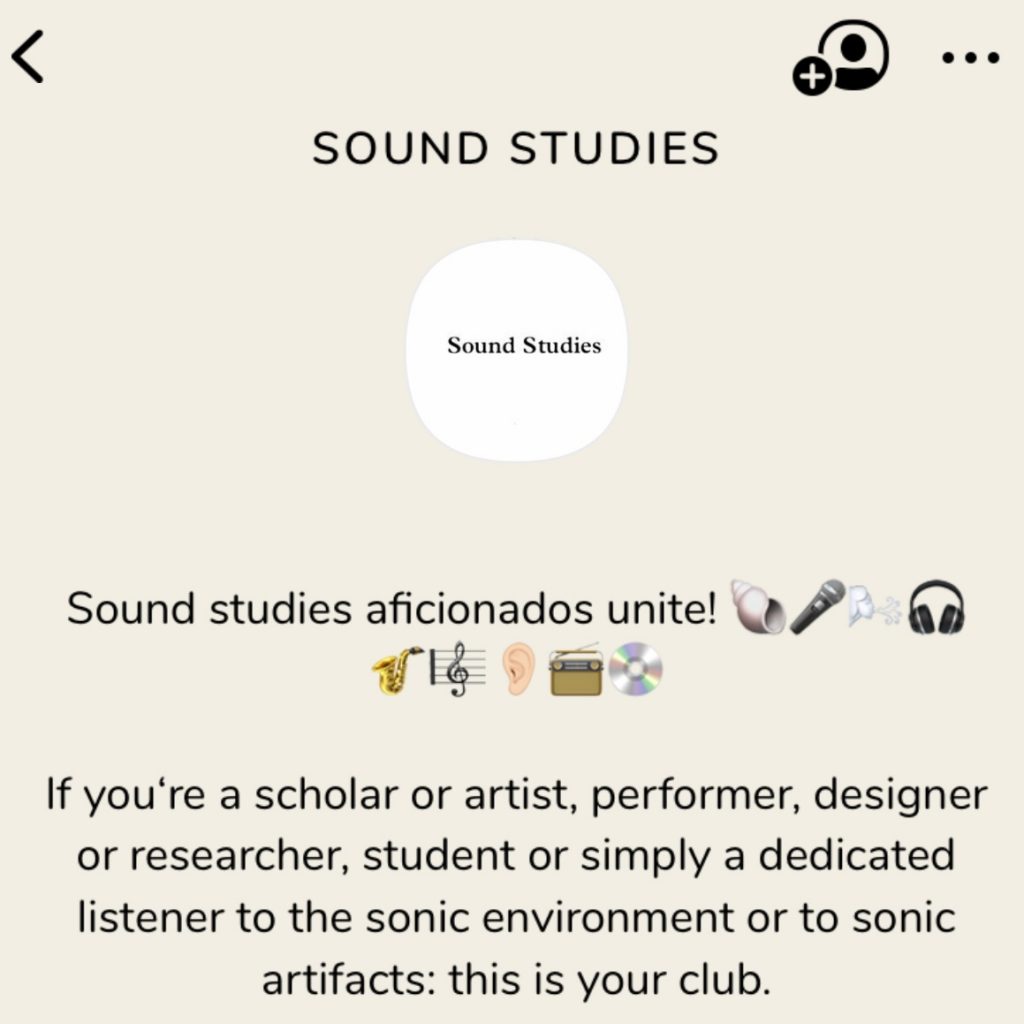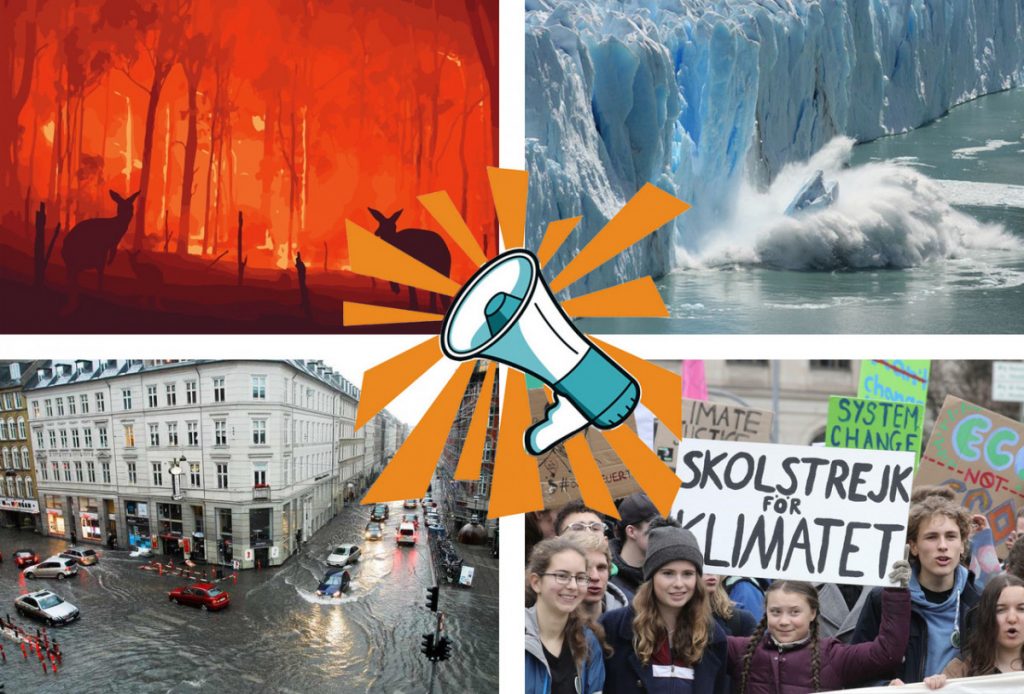
Whenever I attend the live set, even though I am surrounded by my closest friends, I’m dealing with a sense of isolation. Shouldn’t music be what empowers the sense of social identity?
I am hard of hearing as well as an electronic music enthusiast. I have always been an observer and I have always seen that my companions’ reactions to the music we listen to together are different from mine. I tried with all my might to feel what they felt – with poor results. Which made me sad and irritated. Would I never be able to fully appreciate the aesthetics of sound? Eventually, I began to look more deeply into my experiences.
I noticed that in certain parts of music works, the only thing I was able to perceive was the rhythmical bass (I always started to get a little bored in these parts). However, upon deeper concentration, I realized that there are sounds behind the “rhythm”. Sounds that I can’t reach, as if they are behind a wall that I can’t tear down. Then, the wall itself came down, and I was met by a cascade of sounds – which I fully appreciated for the first time. I looked at my brother, who was standing next to me, looking unfazed. That’s when I realized that my perception of sound is not inferior, what is more sometimes it can be even more interesting than my companions’ one.
It occurred to me that my sense of isolation was due to the fact that instead of appreciating my experiences, I was striving for a perception of sound that is considered standard. In my experience, people often think that as a hearing impaired person, I just perceive music more quietly. I used to think so, too. Such a view of hearing loss evokes compassion – completely unnecessarily. Jonathan Sterne in his recent book Diminished Faculties: On Impairment (2022), explains that each of us has our hearing scarified* in some way. Our lifestyles, noisy cities, musical preferences, all leave a mark on our hearing. Some of the scarifications are considered disabilities, others no longer. So, we all hear the same piece of music differently, we are all
somehow alone with our experiences – and realizing that, may gather us together.
So why do we so hardly ever look at the difference in sound perception? Why do we fail to see the beauty that comes from the range of diversity in our experiences? Why do we strive for so-called perfection that no one can achieve? In my opinion, it stems from the fact that we don’t know how to talk about them. Our imagination appeals to experience. I believe that we won’t be able to understand and, moreover, talk about the idiosyncrasies of music perception until the differences are shown to us.
My solution is an experiment – an event in which participants will experience and debate how the reception of the same soundtrack changes according to different hearing conditions. These changes will be based on the results of audiograms of pre-selected individuals. You can see an example of such an audiogram in the graphic at the beginning of the post.
What possibilities would this knowledge open up for music composition and production? For design? For communication?
Stay tuned!
More info soon…
*Jonathan Sterne believes that terms Hearing Impairment or Hardness of Hearing are restrictive. Instead, he proposes the term Hearing Scarification, as a person’s hearing condition reflects their lifestyle.













